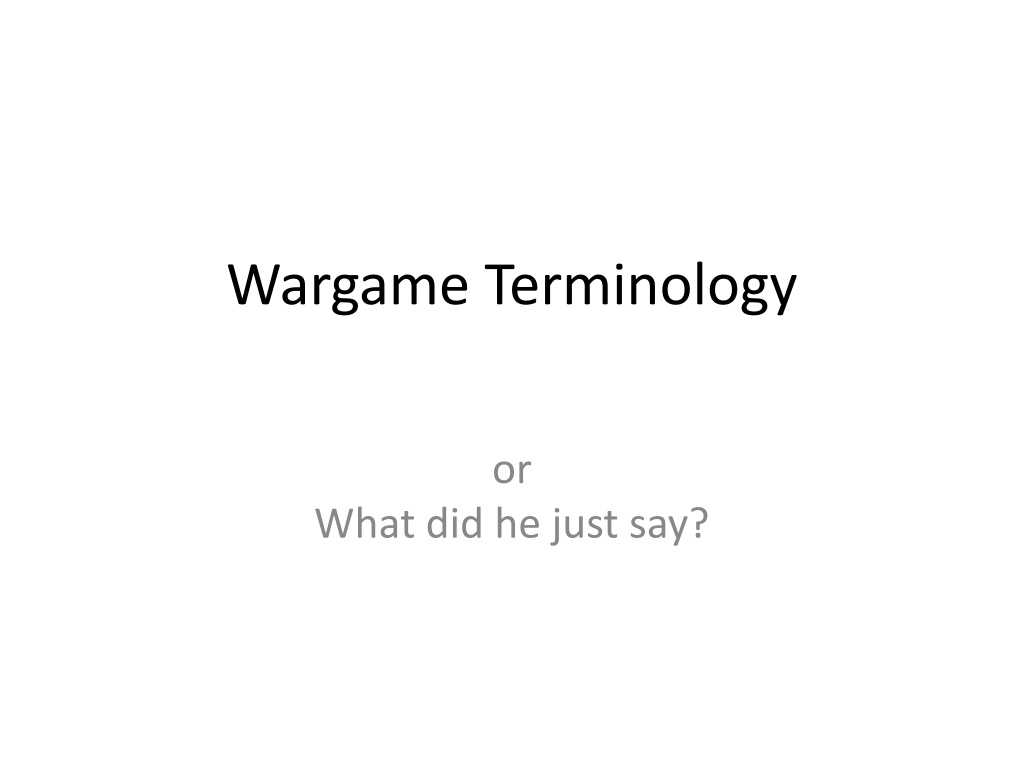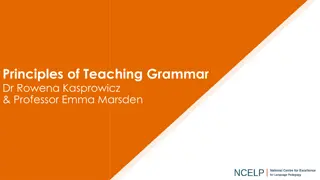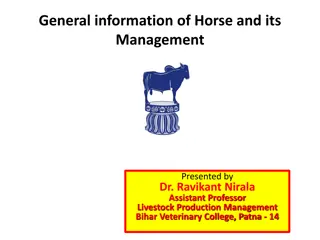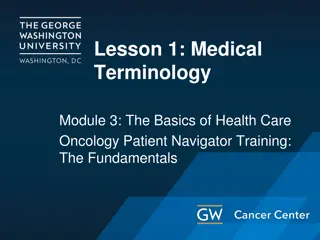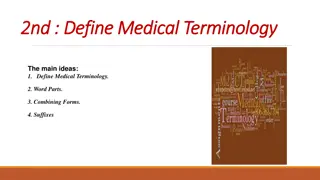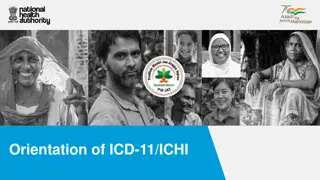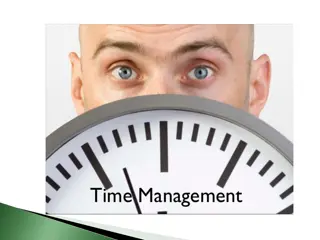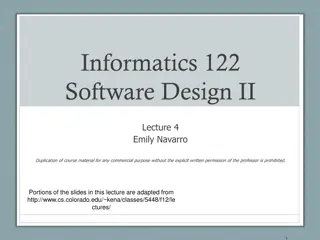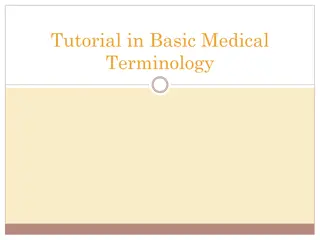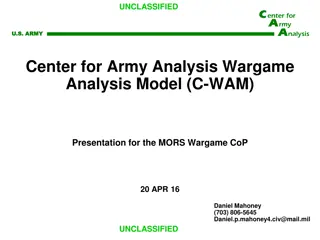Understanding Wargame Terminology and Design Principles
Wargaming is a strategic military simulation involving rules, data, and player decisions to explore complex scenarios. This article discusses wargame terminology, the purpose of wargaming, major tribes involved, and different wargame designer archetypes.
Uploaded on Oct 05, 2024 | 0 Views
Download Presentation

Please find below an Image/Link to download the presentation.
The content on the website is provided AS IS for your information and personal use only. It may not be sold, licensed, or shared on other websites without obtaining consent from the author. Download presentation by click this link. If you encounter any issues during the download, it is possible that the publisher has removed the file from their server.
E N D
Presentation Transcript
Wargame Terminology or What did he just say?
References A Compendium of Wargaming Terms (Updated 7 July 2015) Compiled by William L. Simpson Jr http://www.mors.org/Communities/CoP- Document-Search The Art of Wargaming by Peter Perla
Wargaming Adversarial by nature, wargaming is a representation of military activities, using rules, data, and procedures, not involving actual military forces, and in which the flow of events is affected by, and in turn affects, decisions made during the course of those events by players acting for all actors, factions, factors and frictions relevant to those military activities. (Perla 1990) Analytical Wargaming is the act of competitive, contextualized decision- making within pre-defined constraints for the purpose of gaining insight into complex, adaptive, interactive, and cognitive systems. (Compton 2015)
Elements of a Real Wargame Competing Teams Human Decision Making Adjudication Consequences
Purpose of Wargaming Creating Knowledge Discovery Games Conveying Knowledge Education Games Entertainment Unstructured Problem Role Playing Structured Problem Analytic Games Training Games Commercial Kriegsspiel (E.g. Risk) Sources: Compton and Bartels The wargaming community is a loose confederation of disorganized tribes including: Educators/Academics Hobbyists Trainers Military Analysts Organizational Analysts Many others
Major Tribes of Wargaming Pol-mil gamers. Descended from social scientists like Lincoln Bloomfield at MIT and Thomas Schelling at RAND/Harvard. ORSA gamers. Typically your OR, systems analysis, engineering, computer science, campaign modelers types who cross over easily into computer models and simulations. Military planners & affiliated contractors. Some in this group that thinks wargaming = OPTs, and typically conceive of wargaming as a subset of staff work. Education. Civilian and Military Education professors. Training. Employ wargames for the purpose of training and evaluation of military or other personnel. Sources: Wong
Wargame Designer Archetypes The Architect tries to balance representing the universe and freeing players to live the story and change it their own way [Think Diplomacy]. Realism = when players live the story they tell each other in ways similar to real life The Artist designs wargames to stimulate players to experience the story of the game from the Artist s point of view [Think D&D] Realism = how well player s feelings reflect how they would feel in a real situation The Analyst designs wargames by creating models to simulate reality in the game s context [Think War in the East]. Realism = how well player s actions reflect actions real-world commanders might take Sources: Perla
Role Playing The essence of Wargaming is decisions The player s ability to assume a meaningful decision-making role. Players may assume more than one role Cells an element of the wargame where decisions are made. May be part of a larger team or is a team. Team A side in a conflict often identified with a color. There can be more than one cell/team of a color (e.g. Blue 2 ) Blue Cell/Team Usually the United States and/or allies Green Usually an ally of the U.S. Red Usually the opposition Orange Often the ally of the opposition White/Control The team or cell tasked with running the game and adjudication Grey Sometimes the opposition. Can be the watchers of White. Sources: Simpson
Roles in a Wargame Sponsor Who paid for the game The senior officer or official of the command / organization who has requested the game. Normally the sponsor is the approval authority on major game purpose, objectives, research questions, and design Game Director The Wargamer responsible for supervising and executing the wargame The individual responsible for a war game and its critique. Also known as the controller and in early Naval War College games, as the arbitrator. The director is responsible for the planning, execution, and critique of the game. Sources: Simpson
Roles in a Wargame (Cont.) Control Cell: The person or group of persons designated to monitor and direct game execution to meet the game objectives also called game control. The Control Cell is directly responsible to the Game Director / Action Officer or Deputy Director. The Control Cell includes the Moderators, Facilitators and Umpires. (See White Cell and Controller / Observer). Controller: A member of the control cell, usually means a person or persons assisting the Game Director in directing and supervising the game. Capture, Assessment, and Production Plan (CAP Plan): The plan describes the process, by which the desired data from the wargame is identified, captured, assessed, synthesized and published. Capture, Assessment, and Production Team (CAP Team): The team executing the CAP Plan. Rapporteur: A person appointed by an organization to report on the proceedings of its meetings A member of the CAP team, who collects and assesses the data and helps prepare the game reports. Sources: Simpson
Presentation The Building of a Story Road to War Narrative prelude to why there is a conflict First Person Often used for trainers/simulations Third Person Maps/Charts Grids, Hexes, Stylized, Free Space Actions/Capabilities/Units Cards, Counters, Figures Mediums: Table Top Sand Table Computer Screen Time Fixed Time Step Time ratios Event Driven Retrospective Order of Battle Forces on opposing sides and their expected capabilities
Input Turn/Move An input from the players describing their actions Course of Action (COA) In staff development one of many potential actions in consideration Branches Conditional moves based on potential or expected event in a game Sequel Follow on actions in a move based on potential or expected conditions in a game
Adjudication/Assessment BOGGSAT Types Free Adjudication Military Judgement Rigid Adjudication Combat Resolution Table Combination Methods Deterministic Monte Carlo/Random Tools Dice, Cards Tables Computer Hotwash - the act of reviewing any operations (in particular, a wargame). A hotwash is so named because it occurs as quickly as possible after the conclusion of the move or game (while it s still hot ). Note: In large or complex games, the Game Director and game staff, often conduct a hotwash at the end of each day. Out-Briefs: The briefs presented by the players that discuss what they did and why during a move or the wargame. The briefs created and presented by the players at the end of a move or end of game play. Final Report: Report by the wargaming team to the sponsor.
